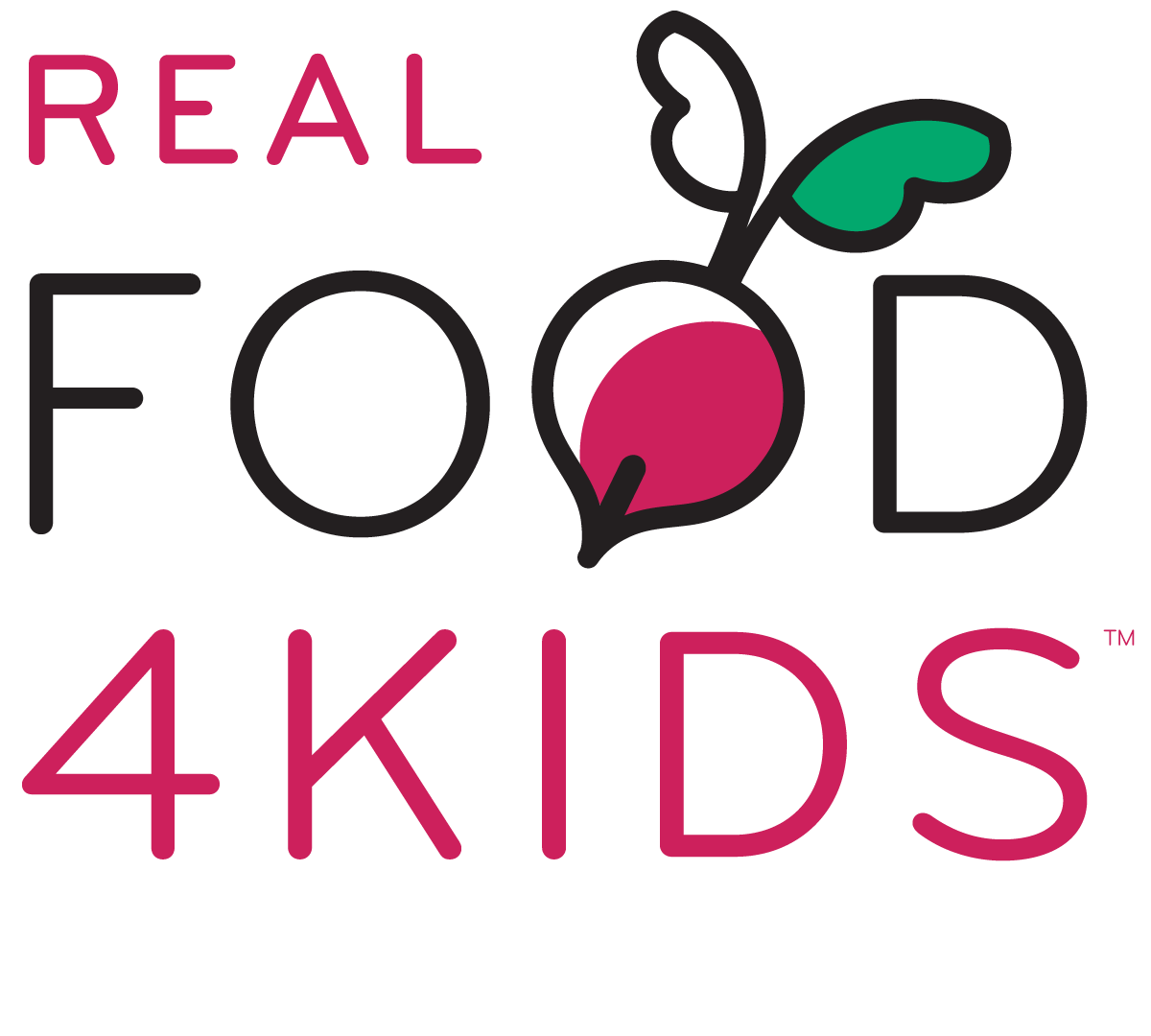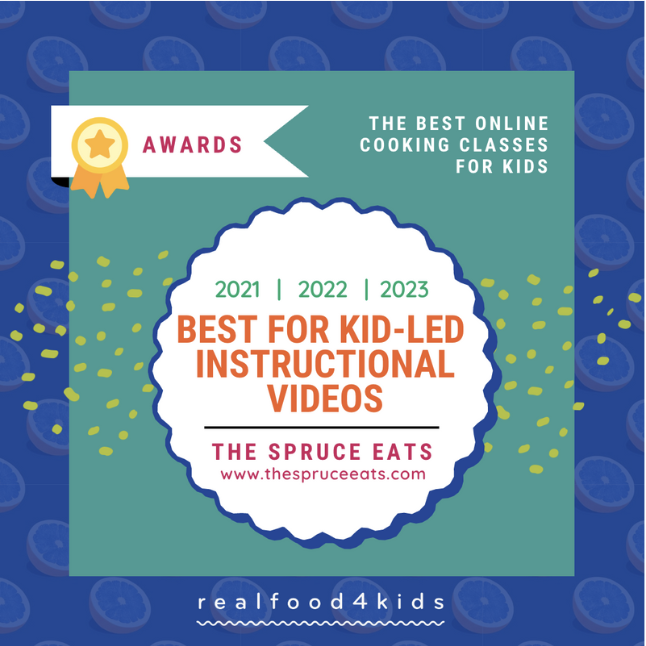Misled by packaged claims? Read the ingredient statement.
/Food manufacturers spend billions of dollars on marketing every year, and the eye-catching package graphics and claims are one part of it. What used to be “just the box” is now a mini-billboard trying to entice your purchase.
We All Fall For It
As a mom of 4 and a former marketer for a major processed food company, I’ve seen both sides of it. And, despite working for a major processed food company, I still find myself falling into the trap of an enticing package claim! The claims, including “All Natural”, “Made with Real Fruit”, “No High Fructose Corn Syrup” are meant to pull you in and make you think you’re buying something good for you - and your kids - but there’s often a flip side. If companies have to work so hard to showcase the good, what are they covering up?
Food For Thought
Take Froot Loops for instance. The package touts “Good Source of Fiber” and “Made With Whole Grain”. They’re not kidding anyone, especially if you turn over the package and note that the first ingredient is sugar.
Many package claims aren’t so obvious. The claims “All Natural”, “Grass-Fed”, and “Pasture Raised” are all unregulated and not clearly defined. They sound good, but you can’t really know what they mean.
And, other claims like “Made With Real Fruit” and “Sugar Free” also seem like a positive, right? But how much real fruit is actually in the food, and many products that claim to be sugar free are instead loaded with artificial sweeteners or laden with something else.
Find The Facts
After a glance at the front of the package - which is often a work of art - flip it over and read the ingredient statement. It’s on every packaged product and follows the same guidelines.
Ingredient List 101
Ingredients are ordered from most to least.
Less is better. Try and stick to single digits. When the number of ingredients gets up there, beware! I’ve seen granola bars marketed to kids that have more than 30 ingredients. It’s completely unnecessary.
There are more than one name for the same thing. This is particularly true for sugar. There are over 60 different names for it. If you add all of the different types of sugar up, it may equal far more than you expect.
Bottom Line
Read the label. Keep it simple. If possible, make it from scratch!
Learn More
This is a great article about how food packaging claims can fool you: https://www.consumerreports.org/food-labeling/how-food-packaging-claims-can-fool-you/






